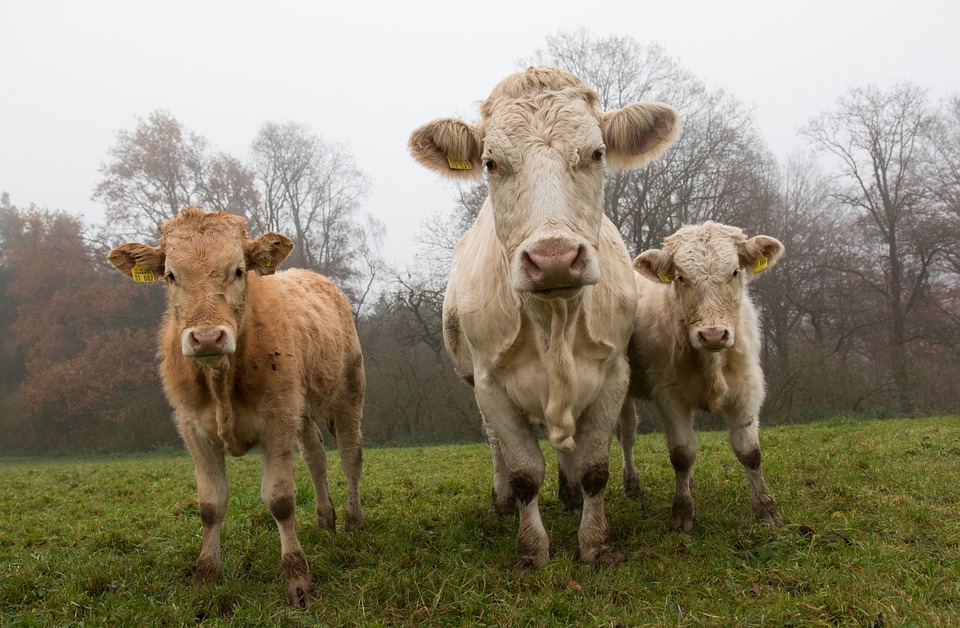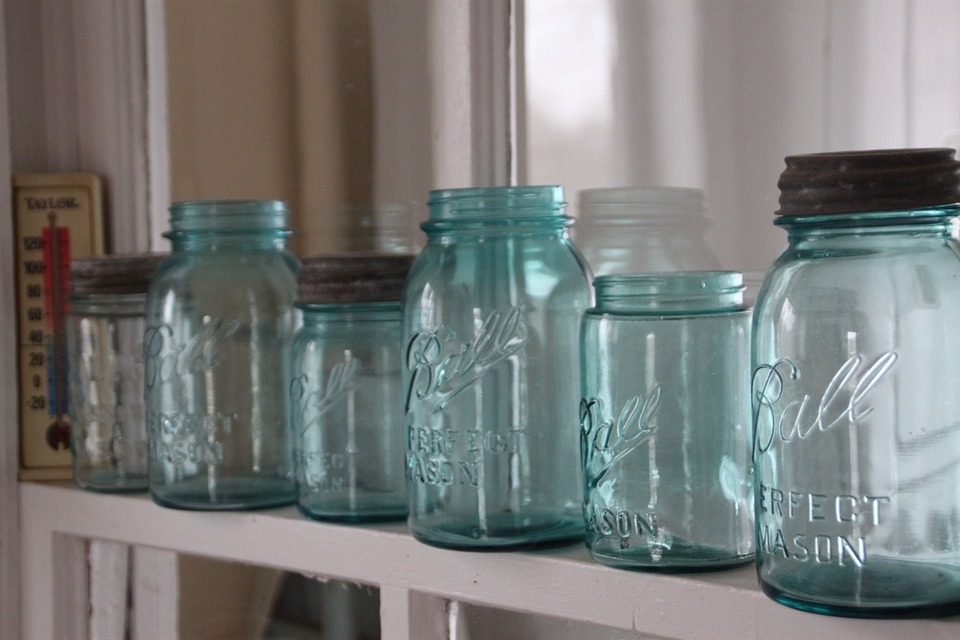Home gardening tips: How to maintain a drought-resistant garden
01/31/2023 / By Zoey Sky

A home garden is an important part of your emergency preparedness plan, especially if you want to get ready before a long-term survival scenario. But does your plan include measures that will help you survive a drought?
Before SHTF, you need to learn how to survive in an area with limited water, especially if you are prepping for your whole family and you have a garden on your property.
Here are some of the different aspects of drought-resistant gardening. (h/t to PreppersWill.com)
Water is important
You need water to stay alive.
Agriculture is one of the most important uses of water and most farmers rely on rainwater for at least 85 percent of their water needs. The remainder comes from aqueducts, wells, dams and other man-made sources.
While rain is important, the amount of rain falling on the earth only amounts to about 0.001 percent of the world’s water. Even if you live in an area where there are many water sources, you can still benefit from learning how to survive with a limited water source.
Aside from reducing your needs, you can utilize your limited water resources by learning how to collect rainwater and using your water multiple times.
Harvest and use rainwater
Collecting rainwater is one of the simplest ways to get more water for your homestead, and storage volume is only limited by the number of containers you have.
If you are using an outdoor water container, make sure you buy one with a snug lid because when the rain stops, the water must be covered. This helps prevent mosquitos from breeding in the water you harvested.
There are two primary methods for collecting rainwater for agricultural use on your property:
Swales
You can dig a swale or a hollow where rain settles and is slowly absorbed into your property. A swale is a channel carved into a hillside so that rainwater does not rapidly flow downhill.
A swale helps collect the water in a series of switchback-style flat areas where the water can seep into the landscape.
Use storage containers
Another option is to harvest rainwater in tanks or buckets. Just store it for later use when you don’t have water.
For a simple method, collect runoff from the roof by placing a large drum at the bottom of each downspout.
Keep in mind that a 40-gallon drum of water will weigh over 330 pounds, so you won’t be able to move it once it is full. Choose the area where you will place the drum carefully so you don’t have to worry about getting the water to your garden when you need it. (Related: How to prepare for a drought.)
Use water more than once
When water is scarce, you can reuse water to conserve your supply.
Here are some tips on how to reuse water:
- Water the plants with gray water left over after washing the dishes.
- If you have the skills, figure out how to disconnect the drains of the bathtub, kitchen sink and washing machine and direct the water out into your yard.
- Keep a bucket in the shower. Use the water in the bucket to flush the toilet or water the garden.
- If you’re making pasta, save the water. Once it has cooled down, use it to water your garden.
- Use a bowl to catch the water you use to wash fruits and vegetables and use the water to water your plants.
Trees are great for your garden
Trees do more than just provide you with fruits and nuts. Trees help bring underground water to the surface, where it is released into the atmosphere by their leaves to provide you with both shade and cooling.
Plant trees around the perimeter of your homestead so you have a wind barrier and to help capture moisture. Before planting anything, choose trees that are drought-tolerant and native to your area.
If you’re not sure which trees thrive in your area, check with a local garden club or the botany department of the nearest college or university.
Keep in mind that you don’t save water by cutting down trees.
Trees draw moisture from below the surface. Plant deciduous trees because they will lay down a layer of leaves that can help retain moisture in the soil.
Avoid eucalyptus trees because they can contribute to desertification or the process wherein otherwise productive land eventually becomes a desert. This occurs due to many different reasons.
Eucalyptus trees transpire at one of the highest rates, meaning they release a lot of moisture into the environment through their leaves. This means wells can dry up when many eucalypti were planted.
Retain water
To keep water from evaporating in your drought-resistant garden, improve the soil and add layers of mulch. This can help trap moisture and keep it available for the plants you’re trying to grow longer.
Mulching is one of the best methods of retaining moisture in the soil. There are different kinds of mulch and you just lay it on the surface of your garden.
Most kinds of mulch are composed of biodegradable materials like alfalfa, grass clippings, sawdust, straw, wood chips and other materials. Placing mulch on the ground around your plants helps retain moisture in the soil and absorb moisture.
Place several layers of grass clippings in your garden to help your crops thrive even during a dry spell. You can also use straw layers from discarded straw bales.
Using mulch can help improve the quality of your crops and their ability to thrive later in the season when they would otherwise have died off. Another option is to use non-biodegradable materials like gravel and rocks.
Other suggestions for a drought-resistant garden
Try container gardening if you want more control over the amount of water your plants require. Depending on the plant, you can use different containers like traditional gardening pots, large wooden boxes or raised beds.
If possible, use bigger containers since small containers will dry out too quickly and require constant monitoring to keep plants alive.
You can also try drip irrigation, where you use small hoses to transport water to each plant and deliver it only to that plant. This method can be very effective on a small scale, but it can get too expensive and take more time on a larger scale.
Try planting ceramic vessels beneath trees or other crops. Fill the vessels with water and use a cotton wick to bring the water to the plants’ surface.
If you are growing plants and herbs in clay pots, put basins beneath them to catch any water that drains out. When the water evaporates, it will be absorbed by the soil.
If you live in an area that frequently experiences drought, set up a rainwater collection system and reuse gray water to conserve your water supply.
Watch the video below to learn how to purify and gather water when SHTF.
This video is from The Parabler channel on Brighteon.com.
More related stories:
Watering and garden soil: 10 Irrigation techniques to use in your home garden.
Prepping 101: How to grow food in an indoor survival garden.
Texas drought could eclipse drought of 2011, the state’s worst on record.
Sources include:
Submit a correction >>
Tagged Under:
clean water, drought-resistant garden, green living, home gardening, homesteading, off grid, organic farming, preparedness, prepper, prepping, survival, tips, water conservation, water supply
This article may contain statements that reflect the opinion of the author
RECENT NEWS & ARTICLES
COPYRIGHT © 2017 PREPAREDNESS NEWS




















